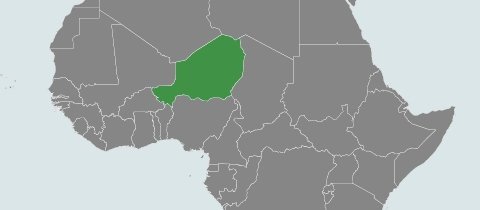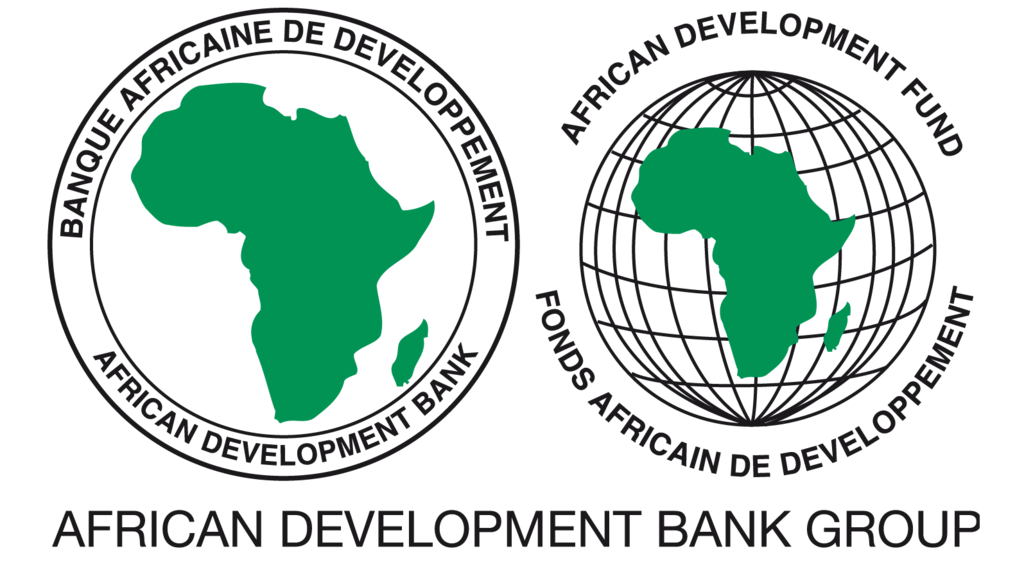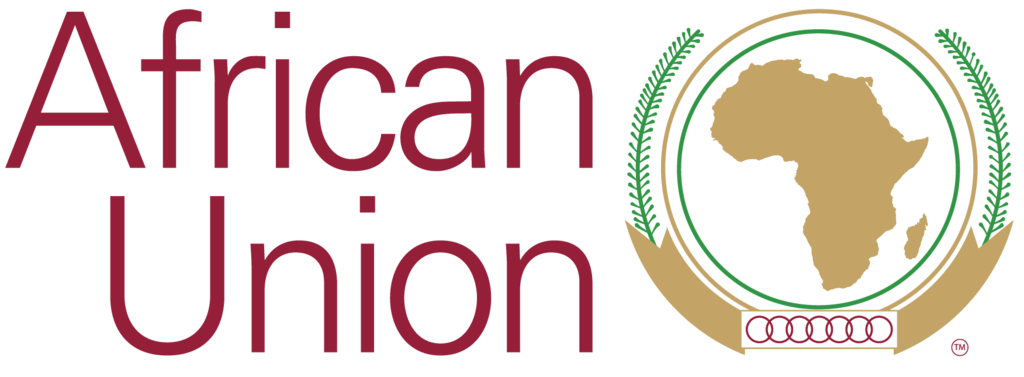At a glance
Access to electricity in Niger more than doubled since 2000, but it is still limited to around 16% of the population. The country has a sharp rural urban divide, with urban access rates surpassing 60% in 2012 yet rural areas still mostly not electrified. Access to non-solid fuels is extremely limited and has not significantly progressed since 2000.
Niger is a member of ECOWAS and, like the other countries of the region, is pursuing a coordinated regional effort in the implementation of the SEforALL initiative. With the support of the ECOWAS Centre for Renewable Energy and Energy Efficiency (ECREEE), the country is developing the SEforALL Action Agenda, as well as the national Renewable Energy and Energy Efficiency Action Plans.
The current government plans for the sector foresee a reaching universal access modern energy services in urban areas and 30% in rural areas by 2030, both for electricity and clean cooking. Renewable energies should also be fostered and reach around 57% of the electricity mix. Major contribution to this goal will come from hydroelectricity and solar energy. Several policy measures are also intended to increase energy efficiency and reduce losses.
Location

Country contacts
SEforALL Focal Point
Balla Mahaman Rabiou
Directeur Promotion Energies Renouvelables DPER.
Ministère de l'Energie.
| SEforALL Action Agenda Objectives | 2030 |
|---|---|
| Electricity Access, national | 65% |
| Access to clean cooking | 100% urban, 60% rural |
| Renewable Energy Output | 30% |
| Renewable Energy Consumption | n.a. |
| Energy Efficiency | -25% against baseline |
| Country Action Documents | Status |
|---|---|
| Rapid Assessment | Finalized |
| Action Agenda | Finalized |
| Investment Prospectus | Under development |
Country statistics
| Series | 2010 | 2012 | 2014 | 2016 |
|---|---|---|---|---|
| Access to electricity (% of population) | 12.4% | 14.4% | 14.3% | 16.2% |
| Urban (% of urban population) | 51.6% | 61.8% | 62.1% | 65.4% |
| Rural (% of rural population) | 4.0% | 5.2% | 4.4% | 4.7% |
| Access to clean fuels and technologies for cooking (% of population) | 1.7% | 1.7% | 1.8% | 1.9% |
| Population, total | 16.3 Million | 17.6 Million | 19.1 Million | 20.7 Million |
| Renewable energy consumption (% of total final energy consumption) | 80.7% | 72.7% | 78.1% | - |
| Renewable electricity output (% of total electricity output) | 0.6% | - | 0.6% | - |
| Electric power consumption (kWh per capita) | 44.7 | 49.8 | 51.5 | - |





